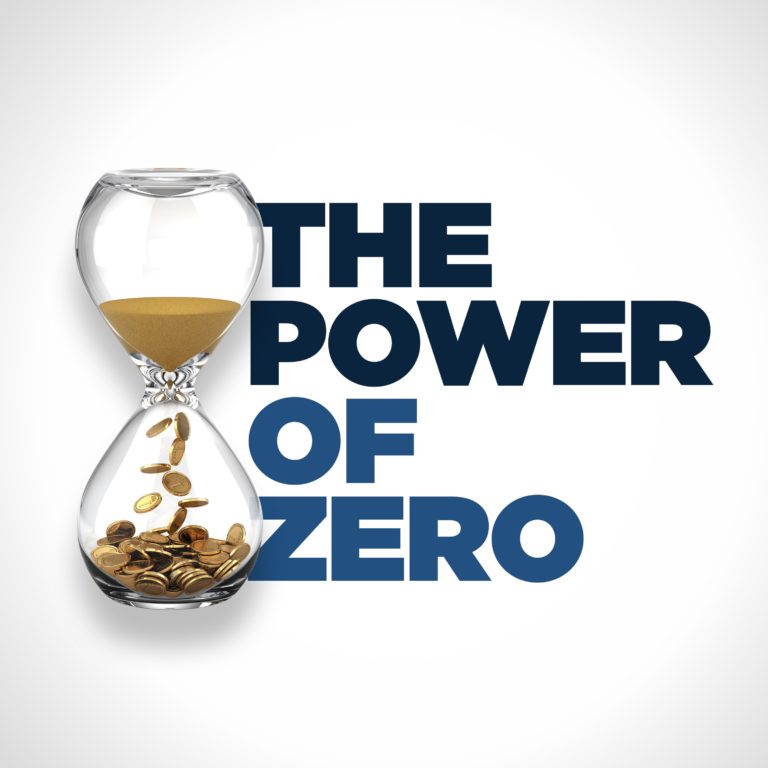Today’s episode focuses on the difference between your effective and marginal tax rate and which one is relevant in different financial planning contexts.
For David, the American tax system works exactly like a graduated cylinder: your money flows in and it goes all the way down to the bottom. Some of it gets taxed at 10%, some at 12, 24, 32, 35 or 37% – even Bill Gates briefly has some of his earned tax income tax at 10% before it goes all the way to 37%.
David explains that the marginal tax rate is the rate at which you pay tax on the last dollar in your tax cylinder, while effective tax rate is your tax as a percentage of your table income. As a “rule of thumb”, remember that your effective tax rate is always lower than your marginal tax rate.
David shares that the single greatest decision on whether to undertake a Roth conversion is whether your tax rate will be higher now or in the future. He discusses a scenario in which you should use your marginal tax rate, and not your effective tax rate.
Evaluating the benefits of certain deductions and calculating short-term capital gains are two additional scenarios in which you should use marginal tax rate.
As a general rule, David recommends remembering that the higher your federal marginal tax rate, the more it makes sense to invest in a Roth IRA instead of in a taxable investment or brokerage account. ‘Want to calculate what your effective tax rate is? Take your marginal tax rate and subtract 7,’ says David.
When it comes to mistakes, a common one people make is on deciding between the effective and the marginal rate – and this usually happens with a Roth conversion.
Mentioned in this episode:
David’s books: Power of Zero, Look Before Your LIRP, The Volatility Shield, Tax-Free Income for Life and The Infinity Code
PowerOfZero.com (free video series)
@mcknightandco on Twitter
@davidcmcknight on Instagram



